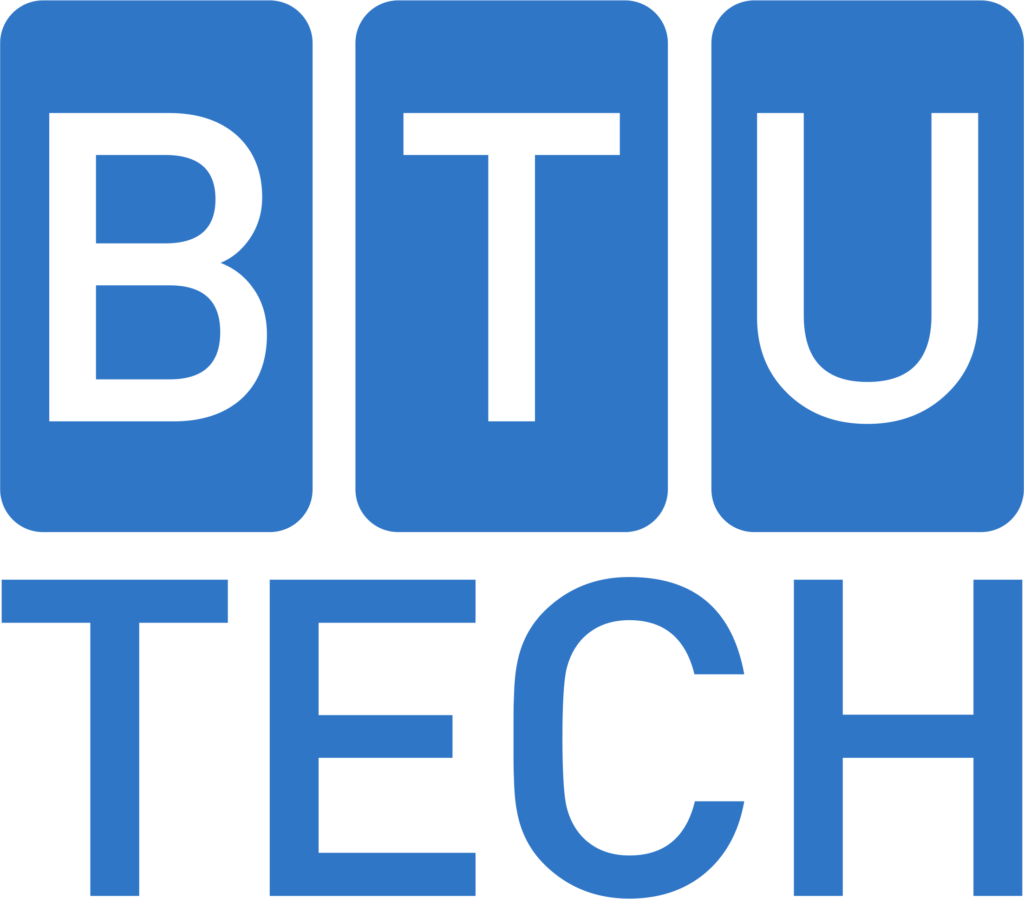
Feeding fabric into CNC (Computer Numerical Control) fabric cutters involves several challenges due to the nature of the material and the precision required in the cutting process. A good fabric roll feeder for a CNC fabric cutter must possess several properties to ensure smooth, accurate, and efficient operation.
Here are some common challenges, key properties and features:
Precision Alignment: The feeder should ensure the fabric is align ed accurately as it’s fed into the cutter. Precision alignment is crucial for maintaining the integrity of the cut patterns, especially for detailed and complex designs.
Tension Control: Proper tension control is vital to prevent stretching or distorting the fabric. The feeder should maintain consistent tension throughout the feeding process to ensure accurate cuts. This might involve tension sensors and automated tension adjustment mechanisms.
Speed Control: The ability to adjust the speed of the feeder is important to synchronise with the cutting speed of the CNC machine. This helps in handling different types of fabric and cutting requirements.
Edge Detection: A good feeder should have edge detection capabilities to ensure the fabric is fed straight in to the cutter. This can prevent the fabric from drifting sideways and resulting in misaligned cuts.
Compatibility with Various Fabrics: The feeder should handle a wide range of fabrics, from delicate silks to heavy industrial fabrics, without causing dama ge or distortion. This might involve adjustable pressure settings or tension rollers designed to accommodate different thicknesses and textures.
Automated Feeding Mechanism: An automated feeder can significantly improve efficiency. It should be able to au tomatically adjust for different roll sizes and fabric weights.

Low Maintenance and Durability: The feeder should be built with high – quality components that require minimal maintenance and can withstand the wear and tear of continuous operation.
Safety Features: Safety sensors and emergency stops are essential to protect the operator and the material. These features can prevent accidents and reduce the risk of damage to the fabric or the machine.
Easy Integration: The feeder should easily integrate with different types and brands of CNC fabric cutters, as well as with the overall workflow and software used in the manufacturing process.
User – Friendly Interface: A clear and intuitive interface for setting up and controlling the feeder can reduce e rrors and increase efficiency.
A fabric roll feeder with these properties can significantly enhance the efficiency, accuracy, and reliability of a CNC fabric cutting operation, leading to better quality products and reduced waste.
To address these challenges, BTU – TECH has developed various types of roll feeders such as torque/speed controlled, surface/center driven, mechanical/pneumatic/loadcell dancer – based tension control.
A unique “Roll Feeder” which is capable of unwinding mul tiple rolls of different diameters and widths at the same time with programmable tension control and synchronised motion with CNC cutter high speed operation is one of a kind in the industry, offering very low cost but high efficiency to the customers.
“Please visit our webpage for more info: https://btu-tech.com/roll-feeder/ “
